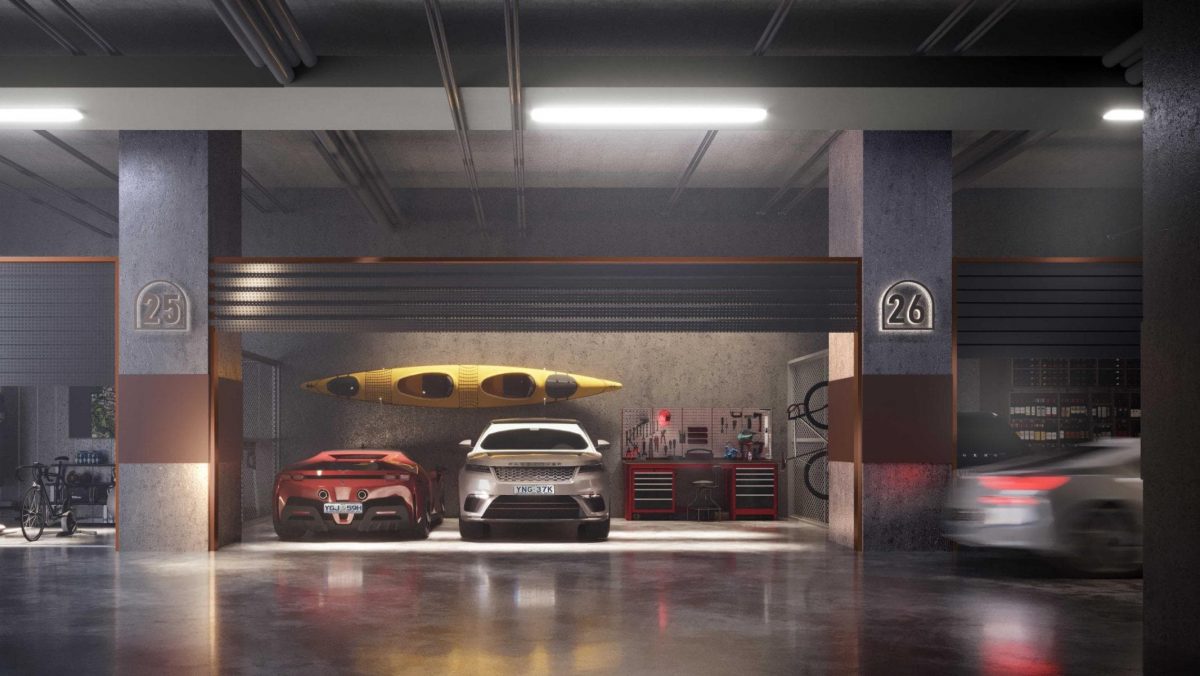
Around 31 per cent of Canberrans expect to transition to an EV in the next five years, according to an Evoenergy survey. Photo: Thomas Lucraft.
The ACT’s electricity operator has flagged that higher prices are on the way as more and more electric vehicles hit the road.
Evoenergy manages 2120 kilometres of electricity lines connecting substations with more than 204,000 customers across the ACT, in addition to supplying 160,000 customers with natural gas through 4720 km of gas mains. It’s a system about to be put under the pump as gas goes offline by 2045 and the ACT Government also makes good on a promise to ban the sale of new fossil-fuel-powered cars in 2035.
The company told a recent government inquiry into electric vehicle (EV) adoption to expect a “material impact on the ACT electricity network in the coming years”.
“Evoenergy is actively planning for increasing network peak demand that may result from coincident EV charging, which could put pressure on the grid,” the submission read.
ACT Greens spokesperson for Transport, Active Travel and Road Safety Jo Clay announced the Inquiry into EV Vehicle Adoption in the ACT in May 2022 to hear from “a broad range of stakeholders to find out the challenges and opportunities for Canberrans who want to switch to EVs”.
The terms of reference for the inquiry focused on eight topics, ranging from charging infrastructure to assistance for people on low incomes.
“We look forward to hearing from as many people as possible about the barriers to uptake, possible incentives, ACT Government and private sector strategies, and guidance on transport infrastructure needs and planning for Canberra,” Ms Clay said.
The committee received a total of 73 submissions from different industry groups, peak bodies, think tanks, academics, economists, unions and members of the public. A public hearing was held on Wednesday, 1 March.

An artist’s impression of the underground car park at The Markets, Canberra’s first residential complex to promise charging facilities in every car space. Image: The Markets Residences.
In their submission, the owners corporation of The Viridian apartments in Kingston cited the need to upgrade their car park with EV charging facilities that not only require an outlay of up to $500,000 to replace the building’s substation but also highlighted a wider problem.
“We know the [electricity] capacity question is not only about what is available to our complex, but what is available to all apartments complexes in the Kingston area,” they said.
That was echoed by the Forrest Apartment, whose owners corporation noted the “fundamental base load of Canberra’s electricity grid will increase considerably” as more EVs plugging in downstairs compete for electricity with fewer gas-powered appliances.
“Regardless of [the type of EV charger], one aspect … is that its usage is quite different from other appliances: by default, it uses its maximum demand for hours on end.”
In other words, much of Canberra’s underground web of electricity lines will need to be upgraded to cope.
This can be seen on a ‘small’ scale at the new Woden bus depot.
At a cost of $26.3 million over three years, Evoenergy is laying 11.9 kilometres of new high-voltage cables from the Wanniassa Zone substation to the depot in preparation for 90 electric buses joining the Transport Canberra fleet later this year.
In their latest five-year plan – handed to the Australian Energy Regulator on 1 February 2023 – Evoenergy knows this and that the clock is ticking.
According to their survey, up to 31 per cent of Canberrans plan to transition to an EV and 32 per cent plan to move from gas to electricity in the next five years.
“Our modelling has found that by 2045, the daily peak demand on our electricity network will more than double,” the report reads.
“Evoenergy expects network augmentation will be required if mass EV charging occurs at times of the day when the ACT network typically experiences peaks in demand (ie, evening periods in residential areas). This network augmentation will result in higher network costs.”

Canberra’s first grid-scale battery facility at the Beard substation opened last month. Photo: James Coleman.
This means investing $2.6 billion into network upgrades between now and 2045, with up to $521 million to be spent between 2024 and 2029. To do this, Evoenergy claims they need 7.3 per cent more revenue between 2024 and 2029 than in the current period.
New customers are expected to take some of the heat out of these costs on a per-household basis, as is a cleverer approach to the usage of power we already have. This includes vehicle-to-grid (v2G) two-way charging systems and billing solar panel owners for their excess power (at the moment, the owners of solar panels receive money from their electricity provider for any power they give back to the grid).
EV owners will also be encouraged to charge during off-peak times with revised tariffs as off-peak slots move to during the day (when the sun shines and the wind blows and power is plentiful).
But Evoenergy still estimates the network component of power bills to increase by “about 1.3 per cent on average through the 2024–29 period”. This is an extra $7 a year for residential customers and $43 a year for commercial customers, excluding the impacts of inflation.
“Energy users in the ACT have a strong expectation that we invest in the electricity network to continue to integrate a growing number of solar, batteries and electric vehicles, and take action to begin the electrification of our gas use,” Evoenergy general manager Peter Billing said.
“The work we’re planning in the coming five years will be a crucial next step in what will be a transformational energy journey over the next two decades.”
The Australian Energy Regulator will review Evoenergy’s proposal, consult with stakeholders and release their draft decision in September 2023.





















